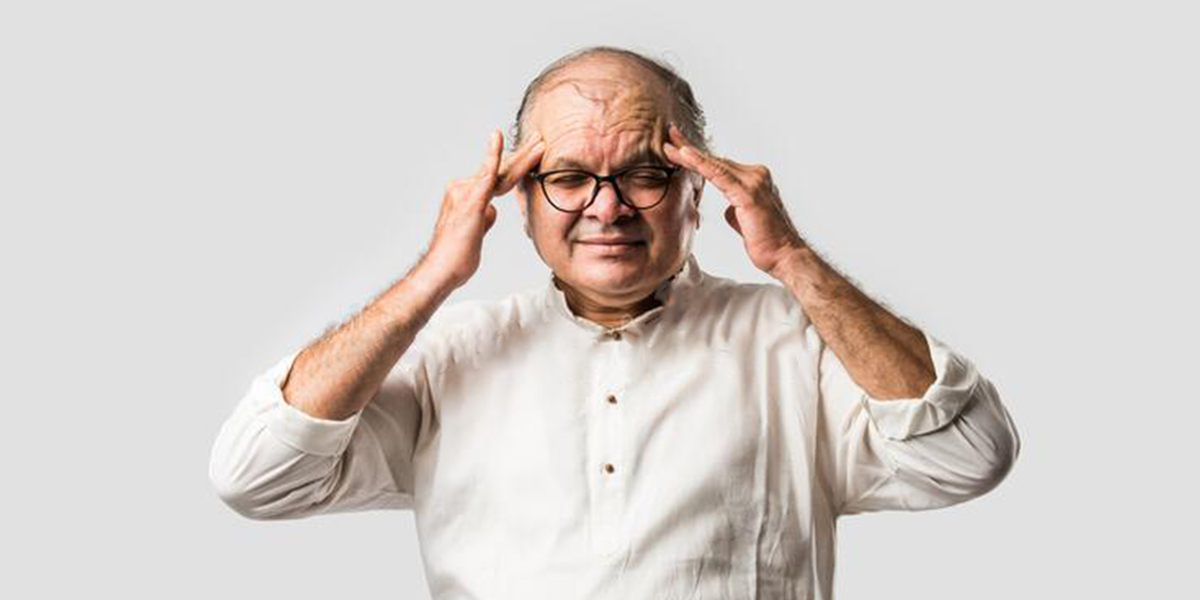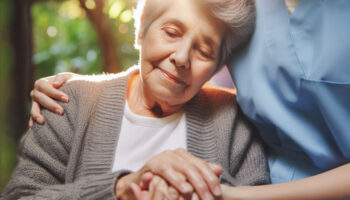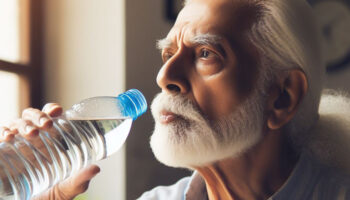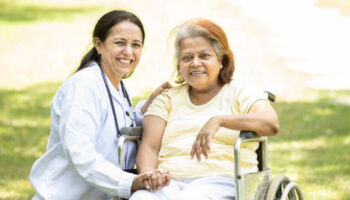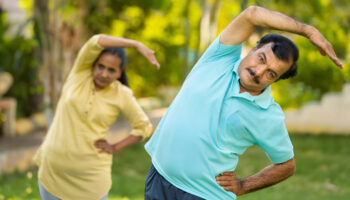Understanding the risk factors for stroke and prevention tips
Just imagine, the sudden change of facial expression will demand a huge need for a medical emergency. Yes, this case of stroke situation estimates precious care along with awareness.
What is a stroke?
Stroke is a condition that impacts the arteries inside and leads to the brain problem. It happens when a blood artery that supplies the brain with oxygen and nutrients is either constricted by a clot or explodes (or ruptures). That causes a portion of the brain to become anemic, which causes brain cells to perish. The repercussions of a stroke vary according to the area of the brain affected and the degree of harm done.
A stroke disrupts the blood supply to a portion of the brain. Strokes can be fatal and require long term care for seniors even though the risk can be lowered. Since there are numerous lifestyle-related stroke risk factors, everyone may be able to reduce their risk of getting one. Over 80% of strokes are preventable.
- Difficulty communicating and hearing what others are saying.
- Face, arm, or leg numbness or paralysis You could suddenly experience facial, arm, or leg paralysis, weakness, or numbness. When you attempt to smile, one side of your mouth might also droop.
- Vision issues in one or both eyes.
- A sudden, intense headache may be a sign that you are experiencing a stroke if it is accompanied by vomiting, wooziness, or altered consciousness.
- Difficulty walking You might trip or get unbalanced.
Who has a stroke risk?
Controllable Risk Factors
- Physical Inactivity or Obesity
- Diabetes
- High blood pressure
- High cholesterol
- Atrial Fibrillation
Uncontrollable Risk Factors
- Age
- Gender
- Race
- Previous Stroke or Transient Ischemic Attack
- Genetic problem
Even if you don’t feel ill, anyone can have a stroke. Reducing your controllable stroke risk factors is the greatest approach to avoid having a stroke.
Stroke care for elders – prevention tips:
Healthy Eating
Eating healthily is one of the best strategies to lower your chances of having a stroke. Fresh fruits and vegetables, lean meats and seafood, and nutritious grains make up a balanced diet. You can go one step further by consuming foods that drop blood pressure and lower cholesterol, which lowers your risk of suffering a stroke. This entails eating more foods that are high in fibre while consuming fewer meals that are high in sodium, saturated and trans fats, sweets, and cholesterol.
Exercise consistently
Post discharge care requires regular exercise which provides several health advantages, especially in terms of lowering blood pressure and assisting in maintaining a healthy weight. Children and teenagers should exercise for an hour each day, while adults should exercise for two hours and 30 minutes each week. This is a doable health objective because you may divide the workouts into manageable weekly chunks. You might work out for 30 minutes a day or 15 minutes twice a day, for instance. Try to work up to a level where you are breathing heavily but can still speak in order to get the maximum benefits.
Drop Your Blood Pressure
Your chance of having a stroke is greatly increased by having high blood pressure, especially if it is not controlled. It’s crucial to discuss with your doctor how to regularly check your blood pressure levels and treat them. An optimal blood pressure reading is less than 120/80 for the majority of people. Please be aware that some persons have greater levels because they take drugs or experience vertigo when standing. Physical and rehab care will help seniors to maintain their healthy weight.
Manage diabetes
Your doctor could advise you to get tested if they believe you have diabetes symptoms. Consult your medical and skilled nursing care team about your treatment choices. Your doctor could advise making specific lifestyle adjustments, such as increasing your physical activity or eating better. By doing these steps, you can minimize your risk of stroke and maintain appropriate blood sugar management.
Conclusion:
Be aware of the symptoms of a stroke and jump right to the hospital. The medical care provided at a rehabilitative facility considerably improves outcomes even if no acute revascularization therapy is carried out. Spend your days at Athulya Assisted Living, where you can get comprehensive care in conjunction with fascinating residents and engaging activities that help seniors to live fulfilling lives.
